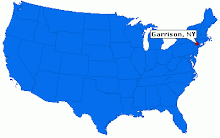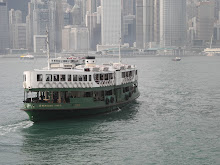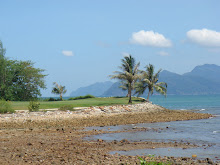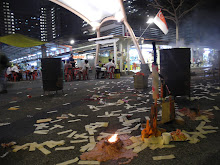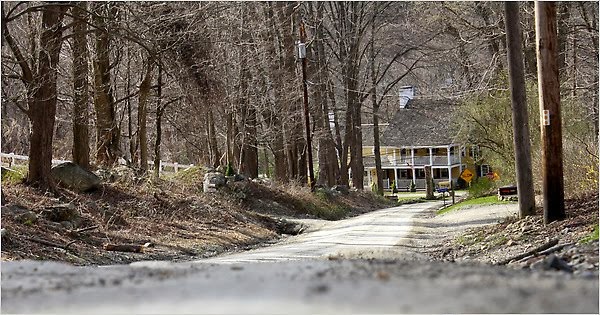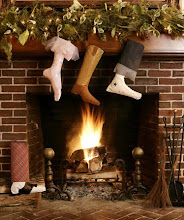 While
I’m settling in Hong Kong and figuring out who the best butcher, baker, and
martini maker are, I’m also playing the tourist.
My first taste as sightseer came while running errands in Causeway Bay. I went to see the firing of the Noonday
Gun. The tradition has lasted in roughly the same spot since the Opium Wars and I was aiming to find out why.
While
I’m settling in Hong Kong and figuring out who the best butcher, baker, and
martini maker are, I’m also playing the tourist.
My first taste as sightseer came while running errands in Causeway Bay. I went to see the firing of the Noonday
Gun. The tradition has lasted in roughly the same spot since the Opium Wars and I was aiming to find out why.
Even
though Hong Kong is now a special territory of the People’s Republic of China, the
city still fires a daily report. The midday blast was made famous when The
Queen of England, Noel Coward, wrote about it in the song Mad Dogs and Englishmen.
In Hong Kong
They strike a gong
And fire off a noonday gun
To reprimand each inmate
Who’s in late
As poetic as it sounds,
the purpose was for punishment and not as a warning for tardy soldiers. In 1832 two Scots, William Jardine and James
Matheson, founded the trading house Jardine Matheson. Jardines, as it was
referred, imported opium to the Chinese and exported cotton to the
British. Their offices were located at
East Point in Victoria Harbor. To
announce visiting business leaders or company big wigs (tai pans), Jardines’ private militia would fire a cannon. In 1860
things got out of hand when a business executive was announced with a 21-gun
salute. Fresh from the Opium Wars, the
British navy remained in full force. A naval
officer didn’t appreciate a businessman receiving the same honor normally
reserved for senior officers or government dignitaries. Jardines’ punishment for this breech of
colonial etiquette was to fire a cannon every day at the stroke of noon.
Given the Noonday Gun’s
history and its listings in tourist guides, I decided to go early to get a good
seat. When I arrived I was the only one
there and there were no seats. As the
hour approached people began to trickle in and stand with me behind locked
gates: a few construction workers from a nearby site, a Mainland couple on
holiday, a family of 3, and a pack of 5 teens who seemed to me to be on a
school assignment with their pens and notebooks in hand. A small man in a naval-inspired uniform came
striding in. He rang a bell three times
and then walked up on the cannon platform.
He stood tall and proud, extended his left arm in the air, and lowered it
as he fired The Hotchkiss Mark I three-pound cannon with his right hand. The report gave us all a jolt and we gasped
like we were watching fireworks. It was
louder than anticipated – two busy construction sites and honking 6-lane
traffic surrounded us. The guard walked
off the platform, rang the bell again, and then opened the gates. For thirty minutes we were allowed inside the
grounds. He shouted something I didn’t
understand and we all exited the yard. The
experience left me wondering why it inspired song.
Except for the Japanese
occupation during World War II, the Noonday Gun has been signaling high noon everyday
for over a hundred years. Hong Kong
isn’t the only city calmly carrying on with colonial British tradition. Cape of
Good Hope has a Noon Gun. The British captured the Dutch colony in 1795 and
Signal Hill has been blasting since 1806.
The city began firing a cannon to announce incoming ships. As time progressed, it was reduced to once a
day. Cape of Good Hope remained a colony until 1910, but the tradition
continues today.
In this day in age, why continue
firing a cannon at noon? I don’t know about Cape of Good Hope, but in Hong Kong
land is at a premium. The Jardines property remains with its patch of grass and
a few cannons. Why blast midday when it isn’t loud enough to hear island-wide? It makes sense if people need to set watches,
but a majority of the population use their phones to tell time and a satellite
in space sets those. Maybe if more people attended the ceremony I’d "get" it, but I'm at a loss at this point.
Then again, who am I to
question other countries’ traditions? Back home in America we gage the length of
winter from a hedgehog named Punxsutawney Phil.



